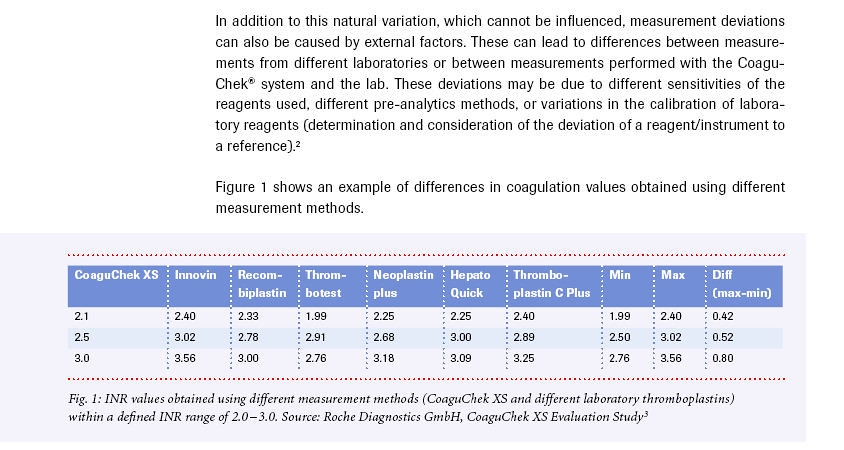When I first got my Coag-Sense, four or five (maybe more?) years ago, I had some initial issues with blood transfers and an occasional air bubble. Back then, they used a micropipette and a tiny syringe to draw the blood into the micropipette and then deposit it onto the strip. It took a few tries to get the sample without introducing air into it.
They followed with some transfer tubes -- touch the tip of the tube to the drop of blood, capillary action draws the blood into the tube, and you place the tip of the tube onto the spot on the strip and squeeze the top of the tube (covering the air hole), to dispense the blood onto the strip. I rarely had problems with this method. But, in some cases, if you squeeze the bulb too quickly, or don't completely cover the hole on the transfer tube (or don't push the tube into the spot on the strip where the blood is deposited), you can introduce air.
The newest transfer device is another small tube with a plunger at the top. If you follow the instructions correctly, you incise your finger, make sure you have an ample size drop of blood, then put the tip of the tube parallel to or slightly below the blood drop - then INTO the drop. The blood should flow into the transfer tube. Then, just put the tip of the tube into the well on the strip and slowly push the plunger.
Once I figured out this latest device, I've had NO failures, NO air bubbles, and NO problems testing with the Coag-Sense meter.
Of course, there can be a learning curve. In some cases, perhaps, self-testers need a bit of instruction on getting the drop into the transfer device and transferring it to the strip without getting air into the sample. And, perhaps, not enough blood was drawn into the tube initially - too little blood transferred to the strip might also generate an error.
Possibly, too, you got a bad set of transfer tubes.
Using the latest transfer tubes, after a bit of practice, I've had great success in running tests.
I realize that CoaguChek XS may be somewhat easier - especially touching the blood drop to the top or side of the strip. In my testing, I found that the Coag-Sense was both more accurate, and also usually reported a result slightly below that of the labs.
As far as the comment that a meter reporting an INR of .5 different from the lab results is accurate enough -- this is usually the case. But - it could mean that if your meter reports 2.1, the lab result may be 1.7 -- accurate, but dangerous if you have most valves.
A few years ago, I trusted my InRatio to be accurate. It repeatedly reported an INR of 2.6. I had a TIA (some doctors referred to this as a stroke). In the hospital, the INR that InRatio said was 2.6 was actually 1.7.
Personally, I prefer a meter that is equal to, or lower than, the lab result (the Coag-Sense usually is) - which means that if the Coag-Sys says 2.3, the lab result is probably between 2.3 and 2.6, than one that reports equal to or higher than the lab (as CoaguChek did in my testing). In this case, a 2.3 could mean that the INR is usually between 1.8 and 2.3.
Based on my testing, and ongoing experience, I personally prefer the Coag-Sense. With practice, it's easy to use. Plus, in my experience, it's more accurate. (And, no, I have no financial relationship to Coagusense Corporation).
I'm glad to see that some organizations are giving Coag-Sense meters to self-testers.






















